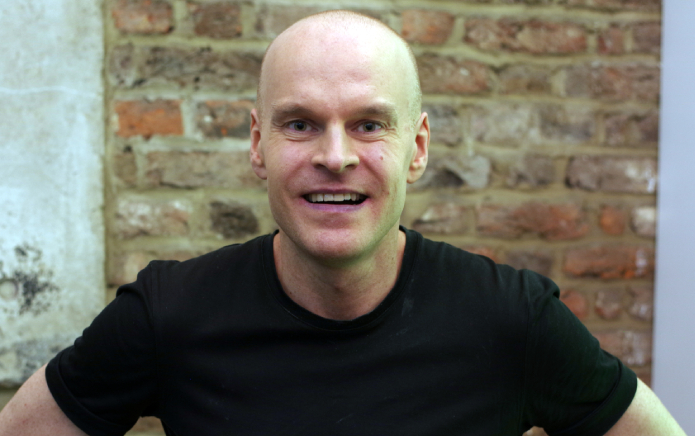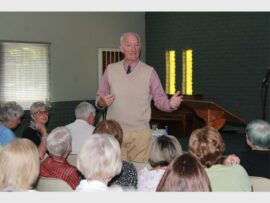
Folch says it is clear organisations should work to improve their environments for LGBTQ+ employees. “The end goal is to ensure that workers neither need to hide their sexual orientation or give an explanation – there should be no concept of being in the closet.”
Closing the gap
Until that becomes a reality, what can be done to reduce the pay gap?
Making big picture legal changes is one approach with a clear and concrete impact. “Research has shown that when laws change in favour of LGBTQ+ rights, social norms tend to follow,” says Pawel Adrjan, director of EMEA economic research at global recruitment site Indeed. “In the US, for example, in states that legalised same sex marriage, there was a positive impact on labour force participation of LGBT people – and the likely mechanism for that was less discrimination and less prejudice.”
Going deeper, enshrining anti-discrimination policies by law can effectively narrow the LGBTQ+ pay gap in the workplace. Research from the US in 2020 found that anti-discrimination laws cut hourly earnings penalties by 11% for gay men, compared to heterosexual men.
At company level, it is essential that organisations practise zero tolerance of any prejudice or harassment towards the LGBTQ+ community once they join the labour force. “Businesses must ensure there’s equality of hiring, promotion and opportunity – extending to medical benefits packages, which should be equally available for same-sex spouses and partners,” says Adrjan.
Workplace guidelines around gender transition are another essential approach for improving the lives of trans people. “This kind of positive workplace behaviour can make trans people feel more accepted, valued and trusted,” says Nick Drydakis, a professor of economics at Anglia Ruskin University, speaking about the findings from his 2020 paper.
But efforts can also begin well before the workplace. “Educational and occupational routes need to be open to people regardless of their sexual orientation,” says Adrjan. “Then people can choose a fulfilling career, whether they are LGBT or not.” Folch believes this should include more aggressive policies in favour of educating students about sexual orientation and gender identity, and the importance of diversity and acceptance.
With the sexuality pay gap seeded in people’s early years, and compounded as they move through education and into the workplace, reducing it, and in time eliminating it, calls for multi-pronged, cross-disciplinary action that will ultimately make the labour force a better place for everyone.








